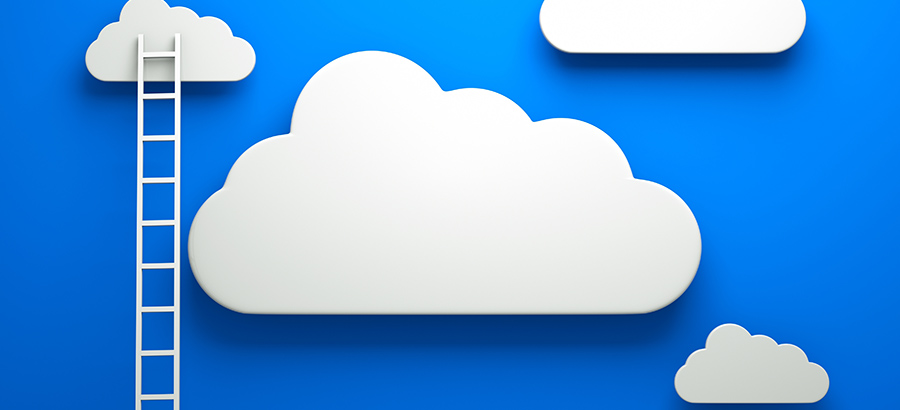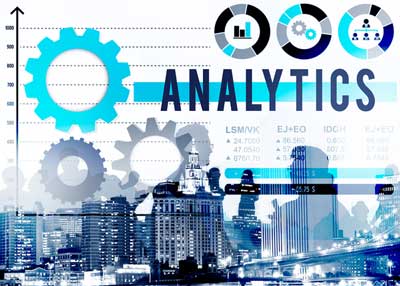- Advertising
- Bare Metal
- Bare Metal Cloud
- Benchmarks
- Big Data Benchmarks
- Big Data Experts Interviews
- Big Data Technologies
- Big Data Use Cases
- Big Data Week
- Cloud
- Data Lake as a Service
- Databases
- Dedicated Servers
- Disaster Recovery
- Features
- Fun
- GoTech World
- Hadoop
- Healthcare
- Industry Standards
- Insurance
- Linux
- News
- NoSQL
- Online Retail
- People of Bigstep
- Performance for Big Data Apps
- Press
- Press Corner
- Security
- Tech Trends
- Tutorial
- What is Big Data
4 Things to Know About Hadoop & Apache Spark

Within the marketplace of big data and analytical products, Hadoop and Spark are often pitted as competitors. That’s not really the case. Many big data solutions include either Hadoop or Spark, and quite a number are utilizing the two together. Their strengths are different, their weaknesses are different, and both have a major role to play as organizations master the art and science of big data. Here’s what you need to know to get the most out of either—or both!
1. Hadoop & Spark Aren’t Actually Competitors

Spark was actually something of a natural by-product of Hadoop. Hadoop co-creator, Owen O’Malley, once gave a talk to tech students at Berkeley, in which he explained some of the shortcomings of Hadoop. From this talk, the students banded together and developed Spark. Though these are both frameworks for big data, Hadoop is a distributed data infrastructure, which distributes massive quantities of data across multiple nodes within a cluster of commodity servers. It eliminates the need for expensive hardware, allowing data processing and analytics to be done very efficiently. Conversely, Spark is a data processing system that works within a distributed data framework, such as Hadoop. Spark doesn’t actually do the distributed storage on its own.
2. Hadoop & Spark Can be Used Separately
Though Spark works quite nicely within the Hadoop ecosystem, it is possible to leverage Spark without taking on Hadoop. Hadoop isn’t simply the storage component known as the Hadoop Distributed File System or HDFS. It also includes a processing component, which is MapReduce. So, you can use Hadoop with MapReduce, leaving Spark processing out of the equation. On the other hand, you can use Spark with another file management system, such as one of the cloud-based data platforms available. However, it’s good to know that Spark was created to work within the Hadoop ecosystem, and in many ways these systems do work better as a team.
3. Spark is Faster Than Hadoop

Where Spark and Hadoop often get pitted as rivals is in the arena of speed. Spark is fast—significantly faster than MapReduce—due to the way it processes the data. MapReduce works in a series of steps, whereas Spark works with the entire set of data collectively. MapReduce reads the data within the cluster, performs a specific operation, and then goes back to write the results into the cluster. Then it reads the updated data from the cluster, executes the next operation, and writes back the results again. In comparison, Spark completes the entirety of the analytics operations in memory, and in very near real-time. It does so by reading data in the cluster, performing all of the relative operations, then writing results back to the cluster—and it’s done. With batch processing, you’ll get about 10 times faster results with Spark than MapReduce, and when performing in-memory analytics, you can expect to get as much as 100 times faster work out of Spark.
4. Not Everyone Needs Spark’s Speediness
But not all jobs feel the need for such speed. When conducting data operations and reporting that are basically static, it’s really no problem to wait for batch processing. Spark is built for conducting analytics on streaming data, such as those from factory sensors or online transactions. Spark is often used for tasks like marketing campaigns done in real time, making product recommendations for visitors on websites, the analytics behind cyber security, and machine log monitoring.
Bigstep specializes in providing highly secure, high-performance big data products and environments. Visit now to see our products and jump on the big data train today.
Readers also enjoyed:

Why Big Data's Future is in the Cloud

1.jpg)
Leave a Reply
Your email address will not be published.